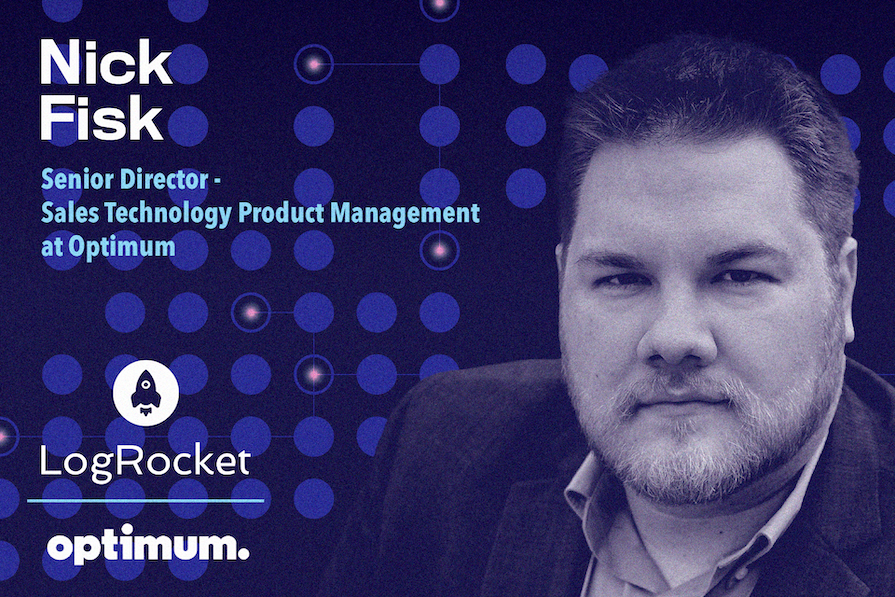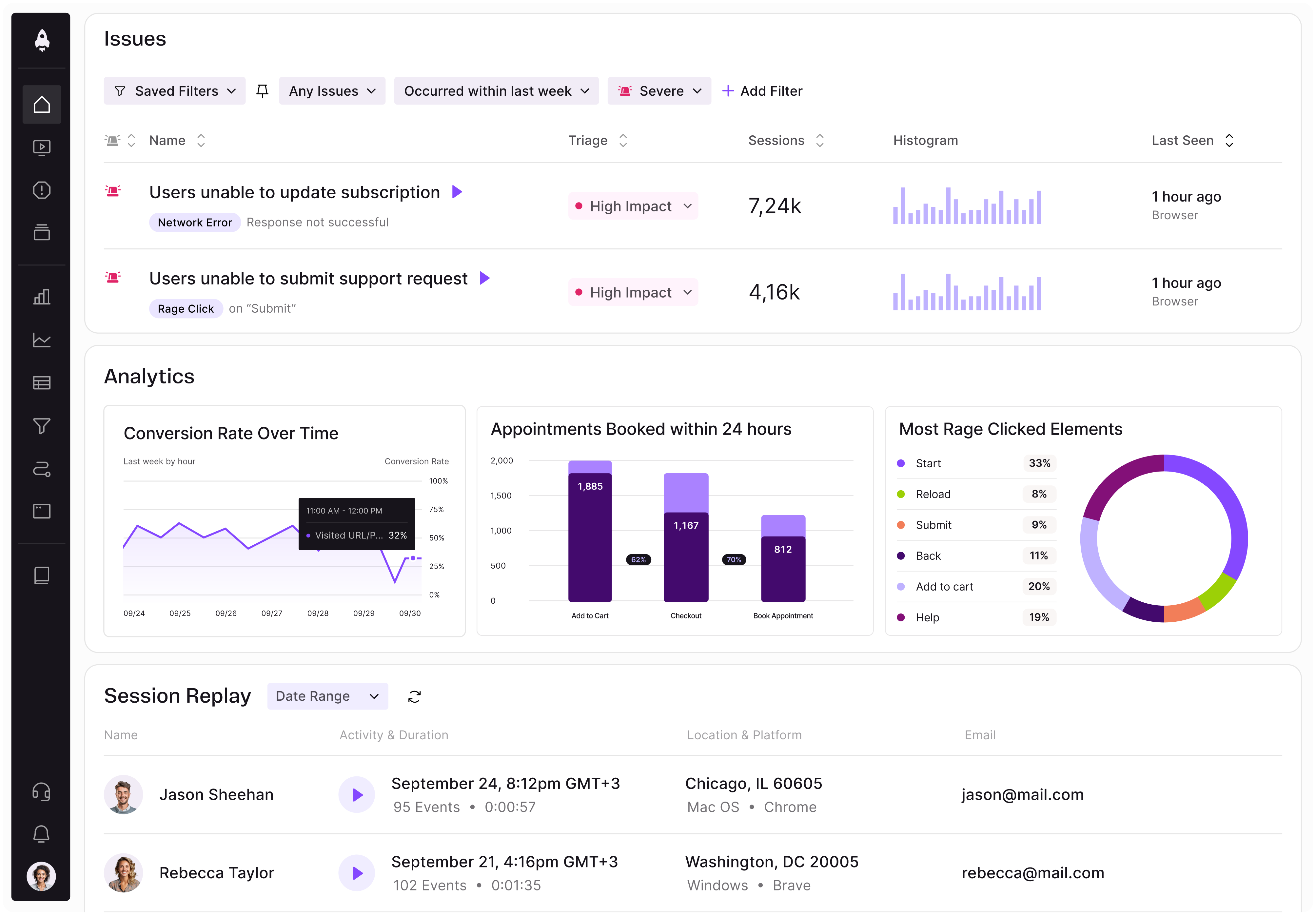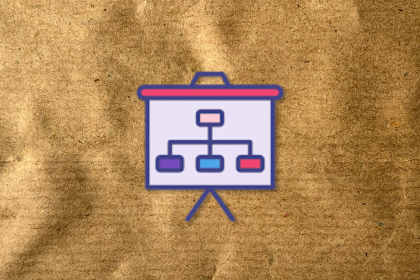Nick Fisk is Senior Director of Sales Technology Product Management at Optimum, a brand of Altice USA. Nick started his career in the telecom space, working in customer care and process improvement at DIRECTV. Prior to his current role at Optimum, he worked in project and product management at AT&T.

In our conversation, Nick shares his experience leading transformations and transitioning companies to a product ownership model. He shares insights on optimizing products for different customer needs and discusses how to know when to leverage AI.
In terms of structure, we noticed that application-owning organizations are often very technical, especially when they haven’t yet transitioned to product ownership. So, we completely transformed the customer journey model for this new business support systems (BSS) stack.
To do that, we created director-level product manager roles to watch over key segments of the customer journey, such as “learning and buying.” This allowed us to consolidate functional expertise in those segments, and the director-level PMs reported to a single vice president who had visibility of the entire customer journey.
The point of the PMO at AT&T — and our transformation overall — was to make sure that customer experience design wasn’t a one-time checkbox. We wanted to ensure that we leveraged customer insights during the entire product development process, from the backlog all the way to post-launch iteration planning.
We like to ask, “When we build this, how will it actually affect this particular moment in the customer journey?” One aspect that we’re careful not to overlook in this is the word “journey.” It’s called a journey specifically because all of the parts are interconnected. For example, you can’t change something about the paying experience and not expect that to have a ripple effect across other parts of the customer experience. With this group product manager (GPM) structure, we ensured that teams understood those connections.
We developed regular feedback loops, user testing, and voice of the customer metrics to make sure that we correlated features and backlog items to actual customer needs — not things we assumed or that the team had been building off of before. It helped teams prioritize customer outcomes rather than feature output.
Rapid scaling is always exciting, and that’s what product teams always want to get down to. But it’s also where, in my experience, the focus on customer experience tends to break down.
At Optimum, specifically, customer experience is a non-negotiable condition of scale. When we bring a new product or application to market, we look at affected KPIs like gross ad spend, revenue per user, efficiency, etc. And it’s just as important to monitor customer experience as it is to monitor those KPIs at scale. It’s crucial to have go/no-go criteria to decide whether you’re ready to continue scaling.
Last year, we launched a new sales order entry system. We have over 2,500 sales agents across a variety of channels, retail stores, and call centers, including door-to-door and field agents, who all use this one system. We intentionally prioritized the top line, and the go/no-go criteria were stability and user feedback. Within the tool itself, we asked users to take a survey on the first day to provide a baseline. Then, as we introduced features, we would ask, “Is this still meeting your needs?”
That was the first metric we reviewed with the leadership team. We said, “We’re seeing positive feedback from this A/B test, and the user sentiment is telling us it’s ready to scale. Here’s the business value it’s going to return.” Really, the most important metric is how users feel about the change.
This is a very common theme in telecom. We’re one of the few industries where both B2C and enterprise B2B sales drive top-line revenue. Telecom isn’t a consumer-only focus, nor is it an enterprise-only focus. Some companies have separate workforces that handle B2B and B2C so they can design for those two instances. But at the end of the day, you’re selling the same product, so you need to figure out how to scale across those diverse environments without sacrificing experience.
A lot of it also has to do with designing flexibility into the architecture itself. For example, as you scale to serve the needs of someone in a retail store versus someone in a call center, you end up with a very diverse set of user needs. This is where having an application that’s modular and flexible is so important — you can pull out those modules and make necessary changes without impacting the broader experience.
My philosophy is to automate the routine but keep the human connection centered for complex interactions. AI is incredible for triaging very simple requests, surfacing information, and predicting intent, but the moment a customer’s experience becomes emotional, complex, or ambiguous, you want to ensure that a human can step in.
One AI feature that we implemented at Optimum is intelligent routing within the Interactive Voice Response (IVR). This feature is specifically designed to detect customer frustration. As you move through the disambiguation tree in the IVR, when you detect when the customer’s tone, pacing, or volume changes, you want to immediately escalate to a live agent. The AI will recognize from these cues that this is clearly a job for a human and will let the customer know that they’re being routed to a real agent. That seamless approach of transitioning as needed versus after you’ve completed the appropriate steps showed much higher customer satisfaction and lower churn rates for those cohorts.
Sentiment analysis shows that customers immediately become frustrated when they think that a bot is preventing them from speaking to a human, and this is why we should think of AI as an enabler rather than a gatekeeper. People can sense when the AI is just trying to play traffic cop. Customers also have a good understanding of what’s complex enough to require a human. For example, if I’m calling in to pay a bill, I know that should be a fairly straightforward experience, so I could actually be frustrated if forced to go through a whole human interaction just to do it.
On the flip side, if I call because I was double charged for something, I know that AI likely isn’t well-equipped to handle this coming out of the gate. If we make a person feel like they have to justify to the AI their need for human intervention, that will create resentment.
We incorporate virtual assistants into the sales flow, and we find that the magic happens when AI augments the experience but doesn’t replace it. Our discussions are not, “Let’s replace Salesforce with AI agents that sell on our behalf.” Instead, we have conversations around how to automate repetitive, low-value tasks that our sellers currently perform so they focus on building connection and rapport instead.
For example, one of our quality assessment tasks is to note why the customer called, what they were looking for, and what promises were made. We noticed that reps were having difficulty keeping track of the conversation to complete this task while also remaining engaged in the conversation with the customer. So, the virtual assistant that we’re piloting transcribes the call, summarizes the notes, and then puts them into the database so that the rep doesn’t even have to think about it.
The biggest obstacle has been finding the line between what’s helpful and what’s intrusive, particularly from a prediction and an AI-personalization perspective. It’s an incredibly thin line, so one of our biggest focuses as we develop these AI-based experiences is avoiding what I call uncanny targeting. This is when it feels like the product is recommending something because it either knows too much or doesn’t really understand the context behind the recommendation.
When integrating AI into the sales flow, we want to be intentional about the signals we’re using to generate these personalizations. Just because you can personalize something doesn’t mean you should, so anytime we’re talking personalization, I ask my product designers to take a three-question litmus test:
If you can’t answer those three questions, then just because you can draw an insight from the data and put it in front of the customer, it doesn’t mean that you should.
That project was a great example of how small changes can amount to a big impact. The AT&T THANKS program was a very typical loyalty ranking program based on a customer’s services within the company and how much share of their wallet AT&T has. The highest value customers used the most services and had the most revenue-generating components of the business in their accounts. With that said, we didn’t really understand how this group’s customer journeys or experiences differed from those of a regular AT&T user.
The first thing we did was recognize them as a Platinum-tier customer. We mapped out a service journey specific to them and quickly identified opportunities to reduce friction for that cohort. This is where we started to say, “Let’s segment customers and look at how we can enhance the product experience of a Platinum customer.” We realized that instead of adding features for Platinum customers, we should instead clarify the experience expectations for our customer service teams and improve the tools that they use.
For customers who had a variety of product sets, reducing redundant steps was important. For example, customers with a wireless or home internet-based account might have a small business account for their cell phone as well. But, if they needed to talk to customer service about multiple services, they had to authenticate every single one of those accounts, which created a ton of friction for that high-value customer. It penalized them for having more products and services.
One of the iterations that stood out was streamlining their access to support. IVRs, to some extent, exist to deflect calls from call centers and reduce operating costs. There is a value to the business in forcing customers through a disambiguation process that gets them to the right person or that deflects some of that volume, but by simplifying the IVR experience and creating an almost personalized call flow, we cut down resolution time and improved the customer experience almost immediately according to the data.
After several months, we saw a 22 percent NPS lift — not by adding a new product set but by simplifying customer experience for this segment and recognizing that it has to be different from that of customers with different product sets and subscriptions.
Absolutely. One of the more challenging things I worked on was a large-scale effort at AT&T to consolidate dozens of the user interfaces our frontline teams use. We got feedback over many cycles that one of the biggest friction points for our frontline teams was the number of different ways they had to navigate between tools. That’s why our immediate consensus was to consolidate it into a single UI — we thought this would be a simple and well-received solution.
However, the reality was that we were navigating years of technical debt and conflicting user needs. Plus, the telecom space is very unique — it’s a boneyard of companies that have been cobbled together from mergers, integrations, divestitures, and rigid government compliance requirements. While the infrastructure and network that we manage enable these mass tech transformations internally, a lot of it gets overlooked.
The biggest obstacle was convincing stakeholders that we wouldn’t compromise functionality. When you’re dealing with systems that have been around for a long time, those legacy systems have been highly customized, so a lot of the people we talked to feared that they would lose certain features. To overcome that, we used what we call change champions. We pulled in power users and asked them to co-design the solutions.
Over a series of phases and by investing in change management as a specific function, we reduced the number of applications for order entry from 10 to four, which netted over millions of dollars annually in sustainment costs — not even in capital investment for enhancing those individual apps. The customer experience improvements were phenomenal, too. After we got through this initiative, everyone truly understood why it was necessary.
Overall, people gain a great sense of ownership when they feel they are contributing to the transformation, as opposed to someone pushing the transformation on them. That’s been a really important aspect of my role overall.

LogRocket identifies friction points in the user experience so you can make informed decisions about product and design changes that must happen to hit your goals.
With LogRocket, you can understand the scope of the issues affecting your product and prioritize the changes that need to be made. LogRocket simplifies workflows by allowing Engineering, Product, UX, and Design teams to work from the same data as you, eliminating any confusion about what needs to be done.
Get your teams on the same page — try LogRocket today.

A practical five minute revenue estimation method to help product managers compare ideas, drop low impact features, and prioritize smarter.

A practical guide for PMs who want to stop being bottlenecks, delegate smarter, and lead teams effectively with a clear ownership framework.

Stop letting unreliable data block features. Treat data as inventory to track quality, ownership, and ship with confidence.

Learn why slide decks slow teams down and explore better tools like whiteboards, PRDs, and prototypes to improve collaboration and alignment.